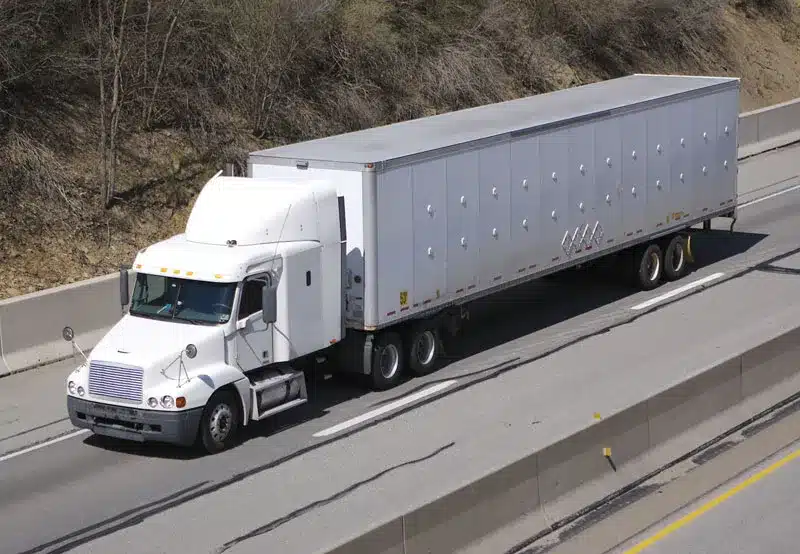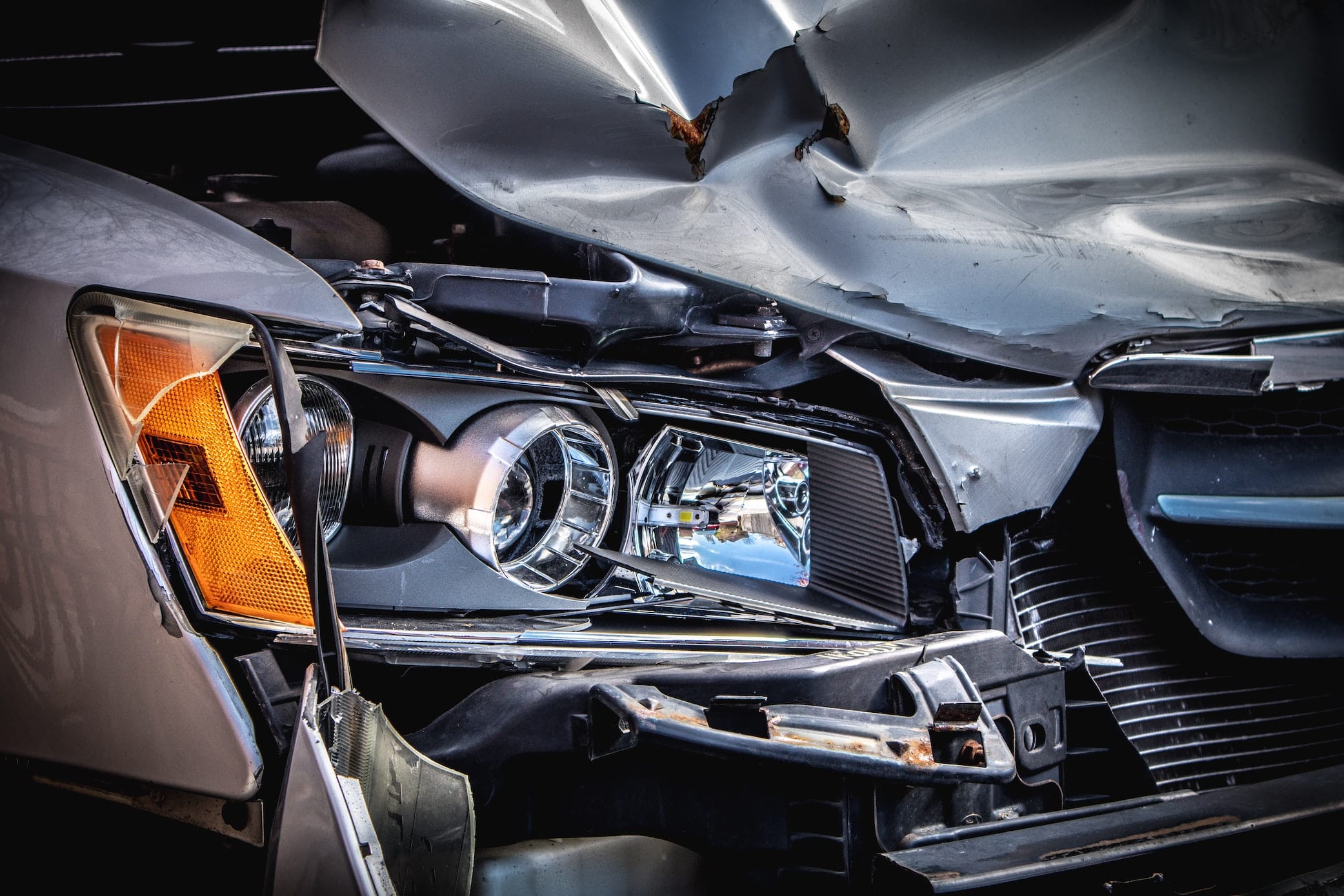Rollover accidents pose a significant threat on the roads, accounting for a disproportionate number of serious injuries and fatalities. While these incidents are relatively less common than other types of accidents, such as rear-end collisions or side-impact crashes, rollovers often result in more severe consequences due to the nature of the event. In this blog post, we’ll delve into the causes of rollover accidents, their impact on road safety, and crucial preventive measures.
Understanding Rollover Accidents
Rollover accidents occur when a vehicle tips over onto its side or roof during a collision. They are more likely to happen with taller and narrower vehicles, such as SUVs, trucks, and vans, due to their higher center of gravity. However, any vehicle can potentially rollover under certain conditions.
- Tripping Mechanism: One primary cause of rollover accidents is the tripping mechanism, where a vehicle’s tires lose contact with the road surface. This can happen when a vehicle strikes an obstacle, such as a curb, guardrail, or uneven terrain, causing it to tip over.
- Speed and Aggressive Maneuvers: High speeds and aggressive driving significantly increase the risk of rollovers. Sharp turns, sudden lane changes, and overcorrecting can lead to a loss of control, especially in top-heavy vehicles.
- Vehicle Design: The design of the vehicle plays a crucial role. Tall and narrow vehicles with a higher center of gravity are more susceptible to rollovers. Safety features like electronic stability control (ESC) can mitigate this risk by helping drivers maintain control during extreme maneuvers.
Impact on Road Safety
Rollover accidents often result in severe injuries and fatalities, making them a major concern for road safety. Occupants of a vehicle involved in a rollover are at a higher risk of being ejected, leading to more severe injuries. The structural integrity of the vehicle may also be compromised, increasing the likelihood of fatalities.
- Occupant Ejection: The force of a rollover can cause occupants to be ejected from the vehicle, leading to catastrophic injuries or death. Seat belts, properly used, can significantly reduce this risk.
- Vehicle Crush and Rollover Injuries: The roof of a vehicle can collapse during a rollover, causing crush injuries to occupants. Modern vehicles incorporate reinforced roofs to minimize this risk, but the severity of the impact can still lead to injuries.
Preventing Rollover Accidents
- Safe Driving Practices: Adhering to speed limits, avoiding aggressive maneuvers, and maintaining a safe following distance are essential for preventing rollover accidents. Defensive driving techniques can help anticipate and avoid potential hazards.
- Properly Maintain Your Vehicle: Regular maintenance, including tire checks and proper alignment, can contribute to optimal vehicle performance. Well-maintained brakes and suspension systems are crucial for preventing rollovers.
- Choose Vehicles Wisely: When selecting a vehicle, consider its design and safety features. Vehicles with a lower center of gravity, wider wheelbase, and electronic stability control are less prone to rollovers.
- Seat Belt Usage: Wearing seat belts is one of the most effective ways to prevent ejection during a rollover. Ensure that all occupants, including those in the back seat, use seat belts properly.
Rollover accidents present a significant risk on the roads, and understanding their causes and consequences is essential for promoting road safety. By adopting safe driving practices, maintaining vehicles properly, and choosing wisely when purchasing a vehicle, we can collectively work towards reducing the occurrence of rollover accidents and minimizing their impact on lives. Remember, safe driving is a shared responsibility that begins with each one of us.







